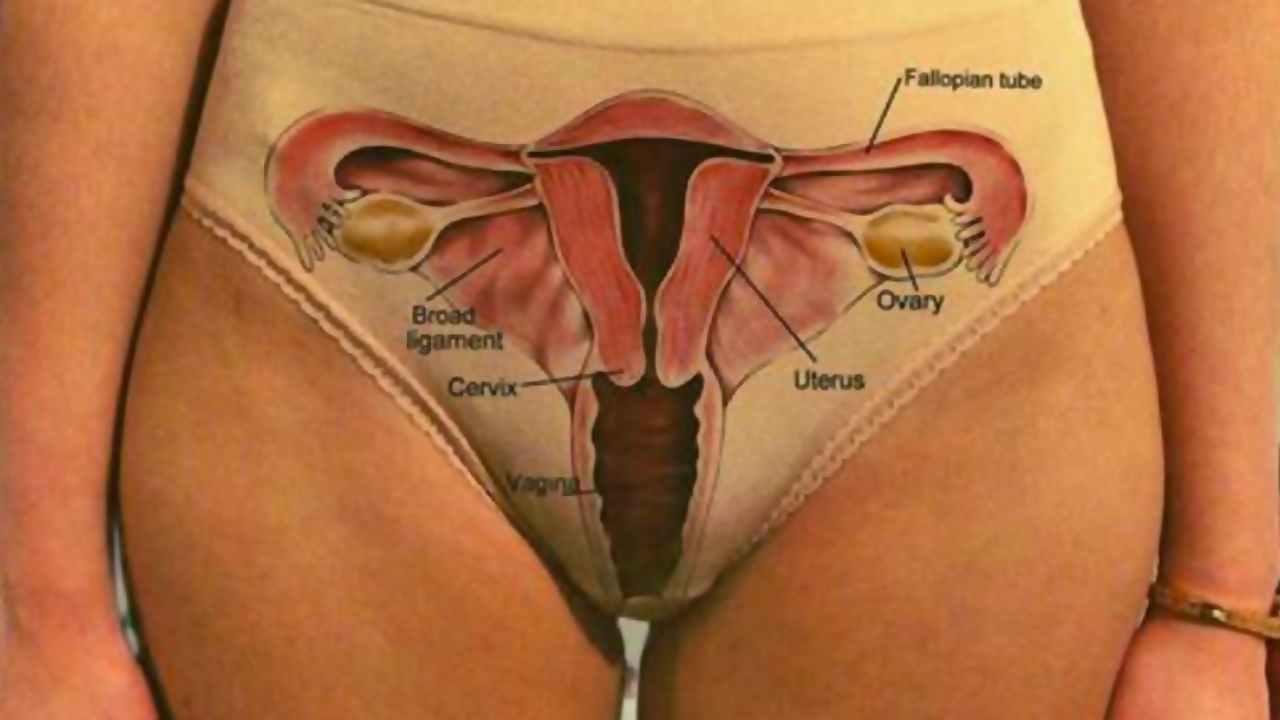Since talking about our important organs such as the vagina, penis and breast often causes embarrassment and reactions among the public, the number of people who do not have enough knowledge about such matters is quite high.
genitals Not having enough information about it brings with it some problems. Here, in order to eliminate them a little or not at all, it is useful to learn this information about the vagina.
in latin meaning “sheath” “vāgīna” is the scientific name for the female reproductive organ. The vagina, which has the functions of sexual intercourse and baby birth, is connected to the space in the “uterus” in humans, the vaginal tube ends in the “cervix”.
1. The part that most people think of as the vagina is actually the vulva.
Vulva; It is the visible part between the legs. It consists of the labia, clitoris, urethra and vaginal opening. Vagina is the name of the muscular passage connecting the vulva to the cervix.
It should be noted that the information in the content covers both the vagina and the vulva.
2. The number of nerve endings in the clitoris is more than in the penis.
While there are about 8000 nerve endings in this sensitive area of the vagina, there are about 4000 in the penis. Although it looks like a small piece from the outside, it actually branches under the skin (like a chicken wishbone).
3. The vagina, which is a flexible organ, is between 7.5-10 cm in length. This length can increase by 200% during sex.

The reason why this flexibility has evolved is to enable the baby to come out more comfortably during birth.
4. The rumor that women who have given birth have wider vaginas is not true.

In the results of the study, no discernible difference was found between the vaginas of women who gave birth and those who did not.
5. It is not recommended to have sex for 6 weeks after delivery, regardless of whether it is vaginal or cesarean section.

Because the vagina has a recovery period after delivery, otherwise various infections may occur; but it’s okay to have sex without vaginal sex.
6. There are also women who are not born with a tissue called “hymen”, known as “hymen” among the people.

Just as some people may not have wisdom teeth, this is quite normal. The thickness of the hymen can vary from person to person.
7. Contrary to popular belief, the vagina does not open into the body cavity; Its structure is like a sock.

Therefore, an object that enters the vagina is not likely to be lost. When objects such as condoms enter, it will not be difficult to remove them. If sharp, penetrating objects enter, it is recommended to see a doctor.
Since the vagina has a sock-like structure, it may sag outward with old age. You can think of it like a sock turned inside out. This condition, called pelvic prolapse, can be treated.
8. Vaginal hair, which is thought to be dysfunctional, actually has some functions.

These hairs protect the vagina from microparticles and allow hormones called pheromones to be released gradually instead of suddenly. Thus, it is longer for men to remain under the influence of these pheromones.
9. Although the beauty industry tries to impose the opposite, the diversity in the vagina and vulva is very high.

There is no uniform vulva/vagina because of the different types of “vaginal cheeks” in every woman. The reason for this difference is “sexual selection”. Such a wide variation has occurred because males select females based on their fertility and health. This increases the reproductive chances of females.
10. Thought to be the same thing, “clitoris” and “G-spot” are actually different.
The G-spot is the deepest part of the clitoris and contains the most nerves. Finding this point does not always lead to orgasm, but it increases the likelihood of experiencing orgasm.
11. Women don’t always ejaculate during orgasm, as the porn industry claims.
The proportion of women who can discharge fluids like men is very low. In rare cases, a fluid secreted from the paraurethral glands in the urinary tract is drained. Excessive arousal during sex activates these glands.
Sources: 1, 2, 3
